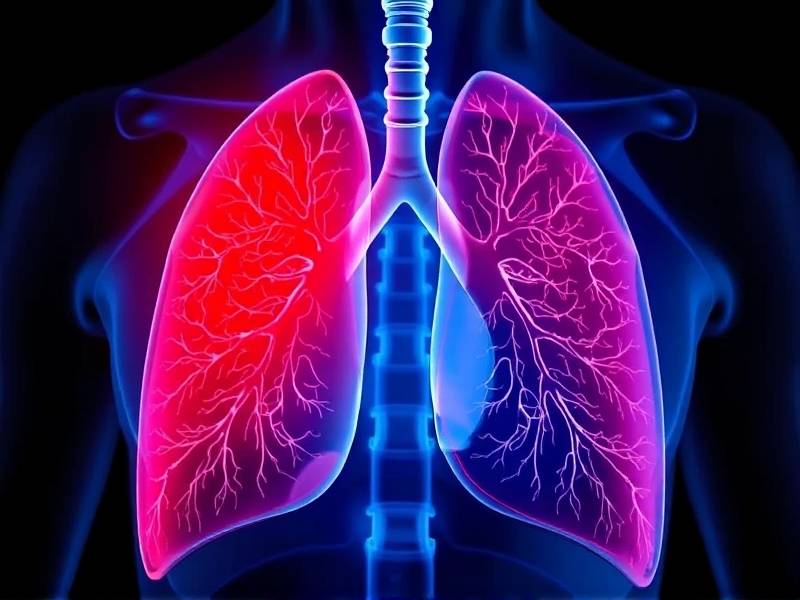How to Rebuild Your Lungs After Quitting Smoking: Effective Methods and Tips
Introduction
Quitting smoking is a significant step towards improving your health, but it's also the beginning of a journey to rebuild your lungs. The process might seem daunting, but with the right approach and some practical tips, you can accelerate lung recovery. This article delves into effective methods and tips to help you breathe easier after quitting smoking.
Understanding Lung Recovery
What Happens When You Quit Smoking?
After quitting smoking, your body begins to repair itself. The first few weeks are crucial as your body starts to eliminate harmful substances and reduce inflammation. Over time, the damage caused by smoking can be reversed.
Key Indicators of Lung Improvement
- Improved Airflow: You'll notice a decrease in shortness of breath.
- Increased Lung Capacity: Your lungs will start to expand and hold more air.
- Reduced Coughing: The persistent cough associated with smoking often diminishes.
- Better Immune System: Your body's defense against respiratory infections strengthens.
Effective Methods for Lung Reconstruction
1. Regular Exercise
Physical activity enhances lung function by increasing blood flow and promoting the expansion of lung capacity. Activities like walking, swimming, or cycling are excellent choices.

2. Breathing Exercises
Pursed lip breathing and diaphragmatic breathing are effective techniques that help improve lung function by increasing oxygen intake and reducing stress on the respiratory system.
3. Hydration
Drinking plenty of water helps thin mucus in the lungs, making it easier for you to cough up phlegm.
4. Avoid Exposure to Pollutants
Protect your lungs by avoiding secondhand smoke, air pollution, dust, and other irritants.

Practical Tips for Smokers Transitioning to a Smoke-Free Life
1. Create a Support System
Seek support from friends, family, or support groups dedicated to helping people quit smoking.
2. Set Realistic Goals
Break down your journey into manageable steps and celebrate small victories along the way.
3. Replace Smoking Habits with Healthy Ones
Find alternative activities that can replace the urge to smoke, such as chewing gum or snacking on healthy foods.
4. Track Your Progress
Keep a journal or use an app to monitor your progress and stay motivated.
Conclusion
Rebuilding your lungs after quitting smoking is a rewarding process that requires patience and dedication. By incorporating these effective methods and following practical tips, you can take significant strides towards healthier lungs. Remember that every puff counts – quit now for a healthier future!
